Ryan Beal
University of Southampton
The Strain of Success: A Predictive Model for Injury Risk Mitigation and Team Success in Soccer
Feb 07, 2024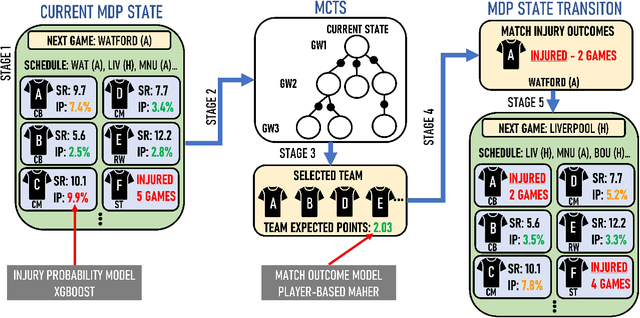
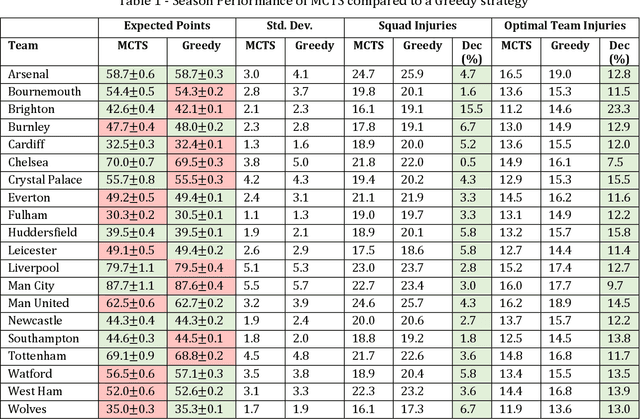
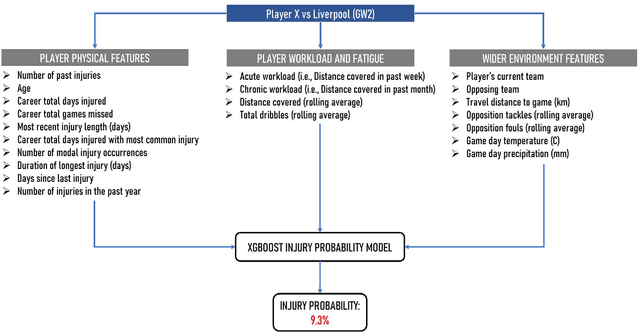
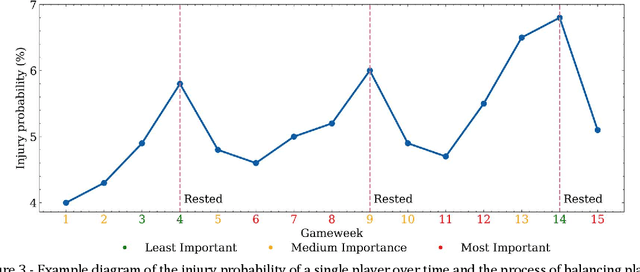
Abstract:In this paper, we present a novel sequential team selection model in soccer. Specifically, we model the stochastic process of player injury and unavailability using player-specific information learned from real-world soccer data. Monte-Carlo Tree Search is used to select teams for games that optimise long-term team performance across a soccer season by reasoning over player injury probability. We validate our approach compared to benchmark solutions for the 2018/19 English Premier League season. Our model achieves similar season expected points to the benchmark whilst reducing first-team injuries by ~13% and the money inefficiently spent on injured players by ~11% - demonstrating the potential to reduce costs and improve player welfare in real-world soccer teams.
Learning from the Pros: Extracting Professional Goalkeeper Technique from Broadcast Footage
Feb 22, 2022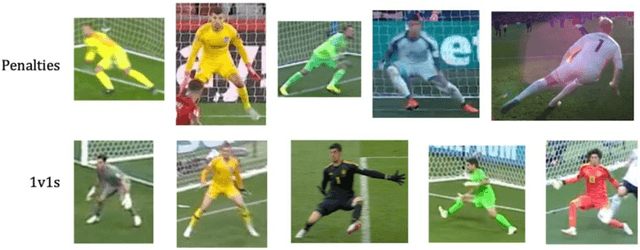



Abstract:As an amateur goalkeeper playing grassroots soccer, who better to learn from than top professional goalkeepers? In this paper, we harness computer vision and machine learning models to appraise the save technique of professionals in a way those at lower levels can learn from. We train an unsupervised machine learning model using 3D body pose data extracted from broadcast footage to learn professional goalkeeper technique. Then, an "expected saves" model is developed, from which we can identify the optimal goalkeeper technique in different match contexts.
What Happened Next? Using Deep Learning to Value Defensive Actions in Football Event-Data
Jun 03, 2021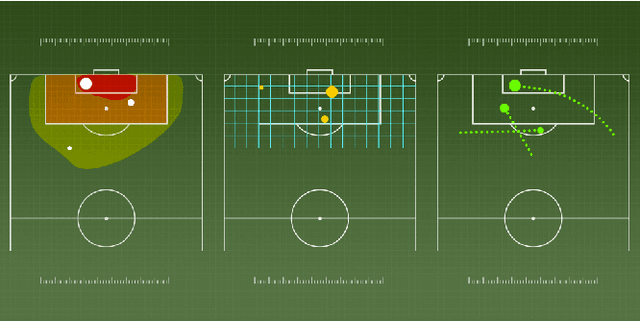
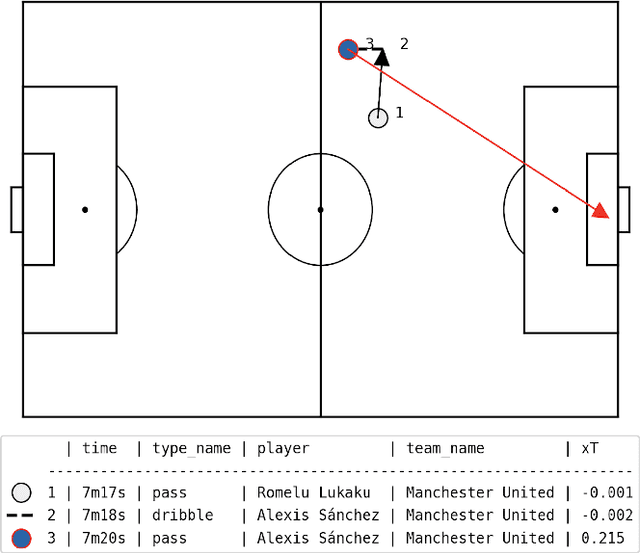
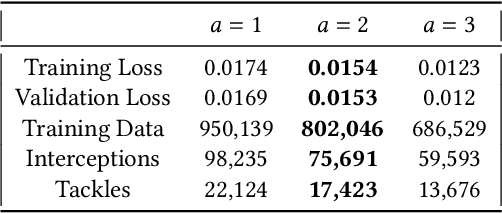
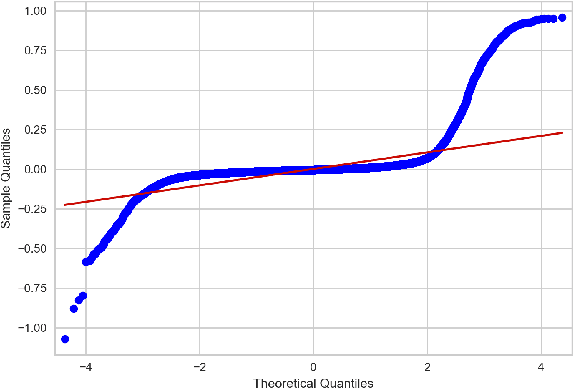
Abstract:Objectively quantifying the value of player actions in football (soccer) is a challenging problem. To date, studies in football analytics have mainly focused on the attacking side of the game, while there has been less work on event-driven metrics for valuing defensive actions (e.g., tackles and interceptions). Therefore in this paper, we use deep learning techniques to define a novel metric that values such defensive actions by studying the threat of passages of play that preceded them. By doing so, we are able to value defensive actions based on what they prevented from happening in the game. Our Defensive Action Expected Threat (DAxT) model has been validated using real-world event-data from the 2017/2018 and 2018/2019 English Premier League seasons, and we combine our model outputs with additional features to derive an overall rating of defensive ability for players. Overall, we find that our model is able to predict the impact of defensive actions allowing us to better value defenders using event-data.
Optimising Long-Term Outcomes using Real-World Fluent Objectives: An Application to Football
Feb 18, 2021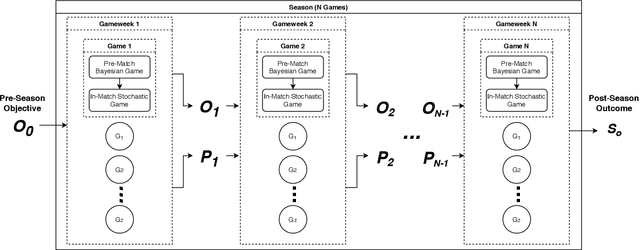
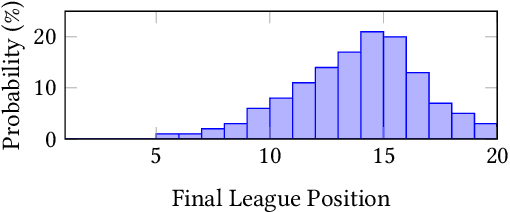
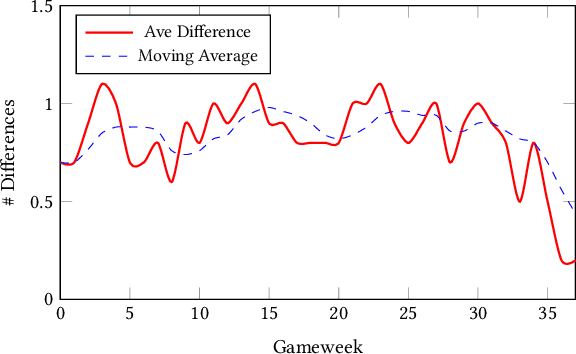
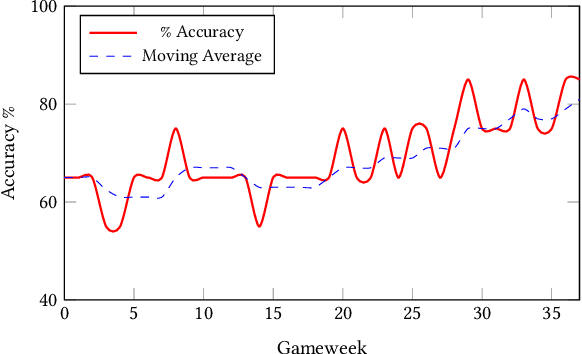
Abstract:In this paper, we present a novel approach for optimising long-term tactical and strategic decision-making in football (soccer) by encapsulating events in a league environment across a given time frame. We model the teams' objectives for a season and track how these evolve as games unfold to give a fluent objective that can aid in decision-making games. We develop Markov chain Monte Carlo and deep learning-based algorithms that make use of the fluent objectives in order to learn from prior games and other games in the environment and increase the teams' long-term performance. Simulations of our approach using real-world datasets from 760 matches shows that by using optimised tactics with our fluent objective and prior games, we can on average increase teams mean expected finishing distribution in the league by up to 35.6%.
Combining Machine Learning and Human Experts to Predict Match Outcomes in Football: A Baseline Model
Dec 08, 2020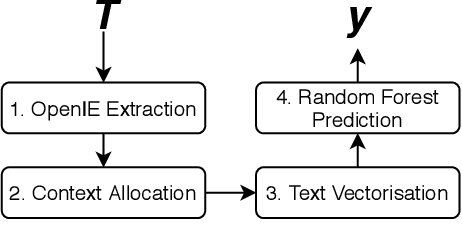

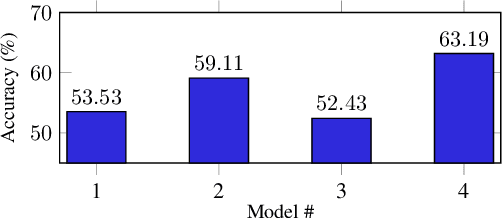
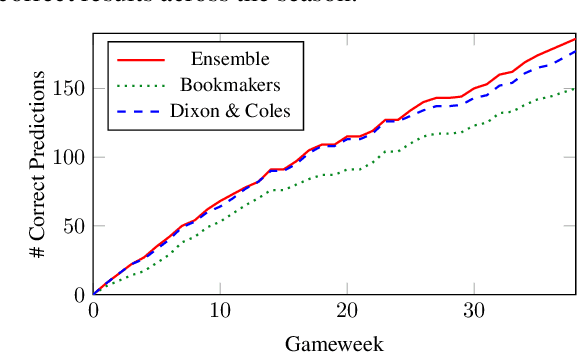
Abstract:In this paper, we present a new application-focused benchmark dataset and results from a set of baseline Natural Language Processing and Machine Learning models for prediction of match outcomes for games of football (soccer). By doing so we give a baseline for the prediction accuracy that can be achieved exploiting both statistical match data and contextual articles from human sports journalists. Our dataset is focuses on a representative time-period over 6 seasons of the English Premier League, and includes newspaper match previews from The Guardian. The models presented in this paper achieve an accuracy of 63.18% showing a 6.9% boost on the traditional statistical methods.
Optimising Game Tactics for Football
Mar 23, 2020
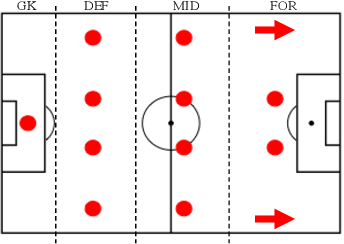
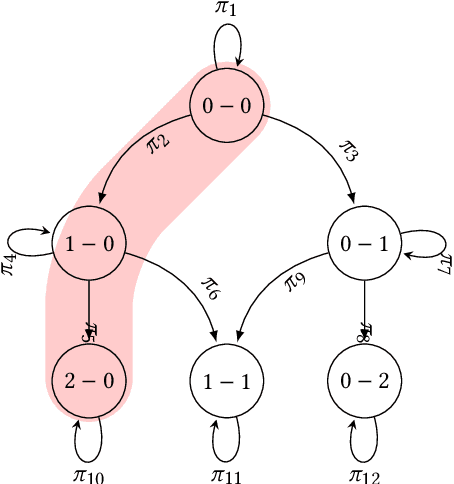
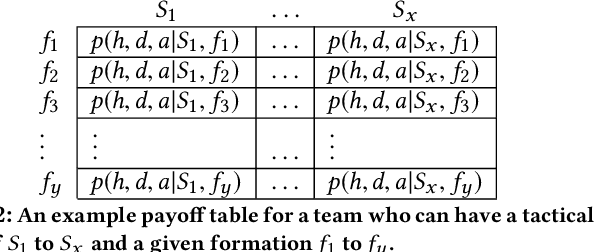
Abstract:In this paper we present a novel approach to optimise tactical and strategic decision making in football (soccer). We model the game of football as a multi-stage game which is made up from a Bayesian game to model the pre-match decisions and a stochastic game to model the in-match state transitions and decisions. Using this formulation, we propose a method to predict the probability of game outcomes and the payoffs of team actions. Building upon this, we develop algorithms to optimise team formation and in-game tactics with different objectives. Empirical evaluation of our approach on real-world datasets from 760 matches shows that by using optimised tactics from our Bayesian and stochastic games, we can increase a team chances of winning by up to 16.1\% and 3.4\% respectively.
 Add to Chrome
Add to Chrome Add to Firefox
Add to Firefox Add to Edge
Add to Edge